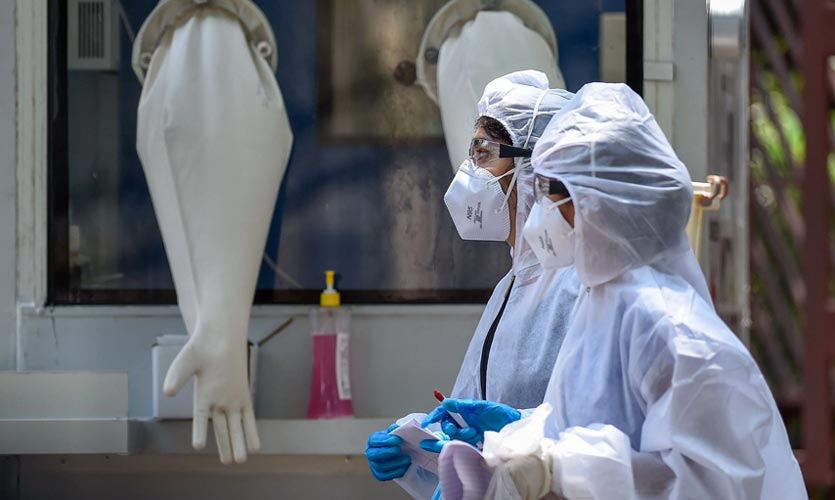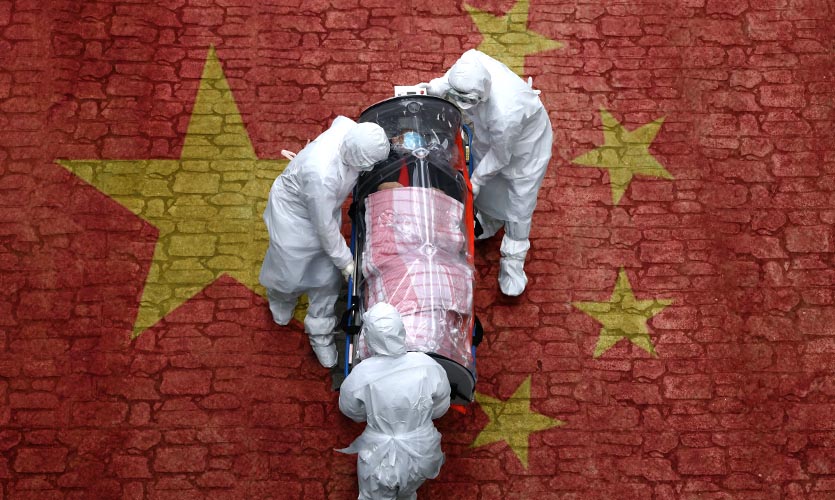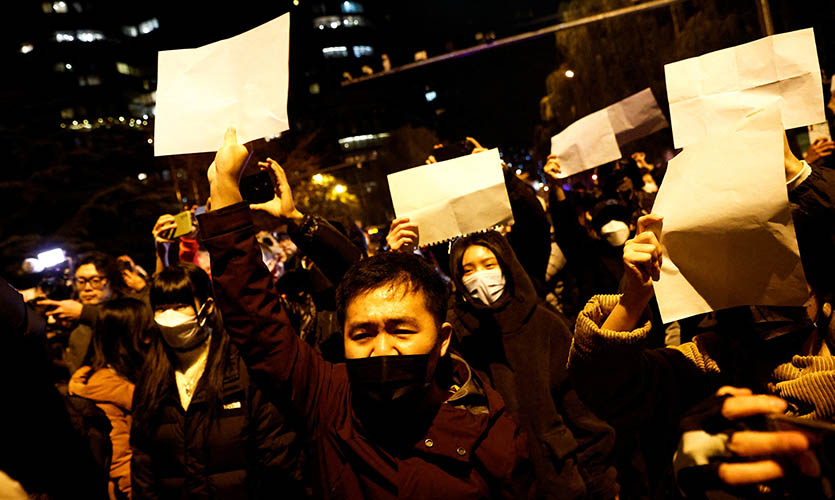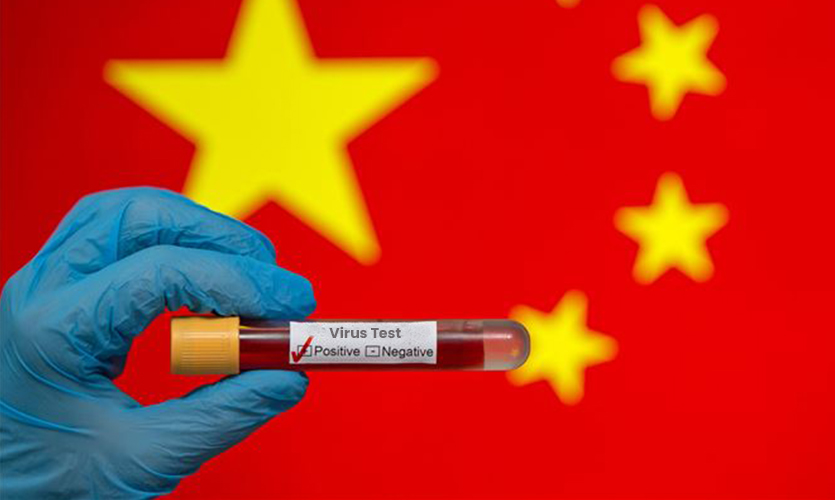India’s fight against the pandemic has come a long way, achieving low daily numbers for COVID infections and deaths. Yet, we have still managed to register 32 million cases, second only to the US with 35 million cases. India stands third in COVID-19 related deaths (approximately 400,000), behind the US and Brazil. India’s vaccine strategy also had its own pitfalls and curves.
India aims to vaccinate everyone above the age of 18 before the end of 2021. However, with the current vaccination rate of 5 million each day, and only 9.3 percent of the total population vaccinated, it doesn’t seem possible.
Currently, medical experts point to two major issues while tackling the pandemic. First is the rise of the Delta and Delta plus variants, the second is the acute shortage of vaccines for immunisation. Both scenarios anticipate the severity of the third wave. In the initial days of the second wave, in Maharashtra, around 8000 samples were observed for genome sequencing to identify variants of SARS-CoV-2, out of which 80 percent samples tested positive for the Delta variant (B.1.617.2). The Delta variant is more transmissible compared to others, while the Delta plus variant (AY.1) shows a high level of resistance towards vaccines as well as antibodies developed by the immune system. Mutations developed by the Delta variant are far more transmissible than the Alpha variant. The Delta variant has K417N mutation – the presence of lysine and arginine in the spike protein – which can inadvertently provide immunity from antibodies and vaccines.
A Faulty Immunisation Strategy
The vaccination strategy adopted by India went slightly off the road initially, as was witnessed during the first wave and its economical and sociological ramifications. India waited until January 2021 to place orders for vaccines, leading to the slow immunisation process across the country. India initially sanctioned two vaccines, i.e. Covishield by the Serum Institute of India (SII) with the license of Oxford’s AstraZeneca vaccine, and Covaxin by Bharat Biotech. The vaccines distributed in India had a great response and developed good immunity, yet the initial delay also added to the uneven distribution. There have been continued uncertainties regarding vaccine production. The health ministry of India issued a notice on July 20, announcing an increase in the production of Covishield from 110 million doses to 120 million doses by the SII.
Another issue regarding the uneven distribution of vaccines is the digital divide, which restricted a section of the population from finding a slot. The issue is faced on two levels: firstly, the difference between the rural and urban population’s access to technology, and secondly, their access to education and computer literacy. In India, 65.5 percent of the population belongs to rural villages. The unavailability of proper electricity and technology makes it difficult to get access to the Co-WIN portal. 550 million people in the country use feature phones (phones with minimal functions), making it difficult to access digital apps. As of 2019, only 450 million people were smartphone users. According to another survey, 4 percent of the rural and 23 percent of the urban population in India have computers, and only 34 percent of the entire population has access to the Internet. This reduces the possibility of attaining a vaccine slot via the Co-WIN portal for majority of Indians. Dr Reji George, a community medicine expert with the Tribal Health Initiative says, “They make policies in cities and think the entire country runs on Apps.” In the crowd vaccine/walk-in scenarios, a serious situation of overcrowding was observed, adversely affecting the spread of the virus.
Additionally, a decrease of 6 percent in women being vaccinated was observed. This is mainly due to the lack of awareness and education, and the prevailing gender discrimination in the country. Another scenario of the worsening pandemic situation was the relaxations provided without serious thought. States provided relaxations for religious functions such as the Kumbh Mela and Eid, along with the state elections that happened in West Bengal, Kerala and Tamil Nadu. This led to a massive surge in the spread of the virus.
Read more: COVID-19 Vaccines Effective Against Delta Variants
The Need To Do Better
One of the best case studies to look up to for COVID control is China, prior to the recent surge. Chinese President Xi Jinping called their fight the ‘people’s war’ against the pandemic. The country tested millions of citizens, putting entire communities in isolation. The government aided vaccine development by providing subsidies, lands and loans for new factories, and provided fast approvals to help speed up the process. It also allowed the extension of loans, tax reliefs and avoided pandemic-related layoffs. The state council ordered provinces and cities to set up quarantine centres not only for the infected but also for close contacts.
Citizens taking responsibility also helps in the prevention of COVID-19. An extra effort to wear a mask consistently, sanitise the surroundings, and maintain a safe and social distance can contribute to a quicker eradication of the virus and a better tomorrow.










